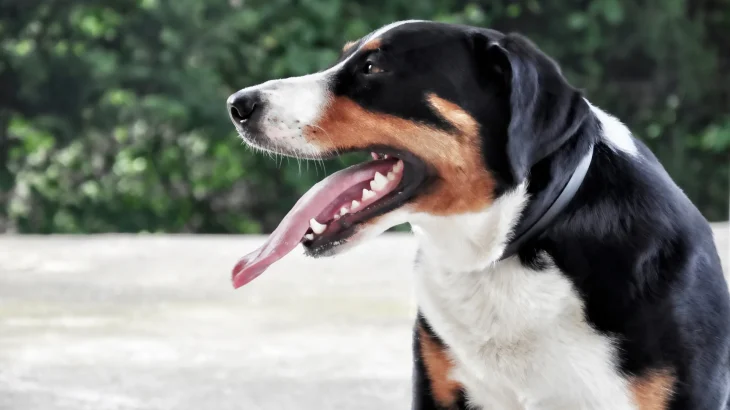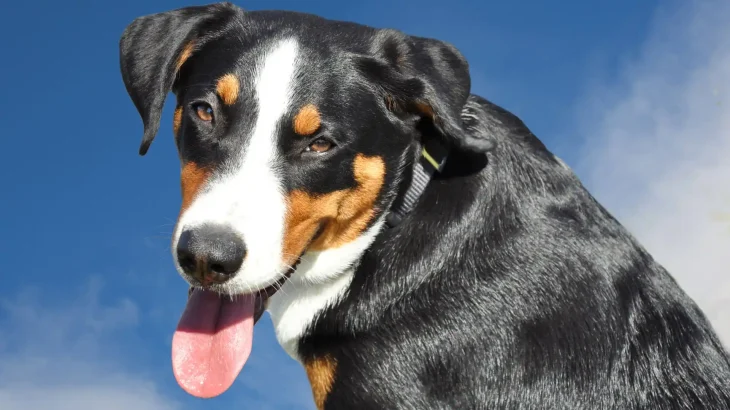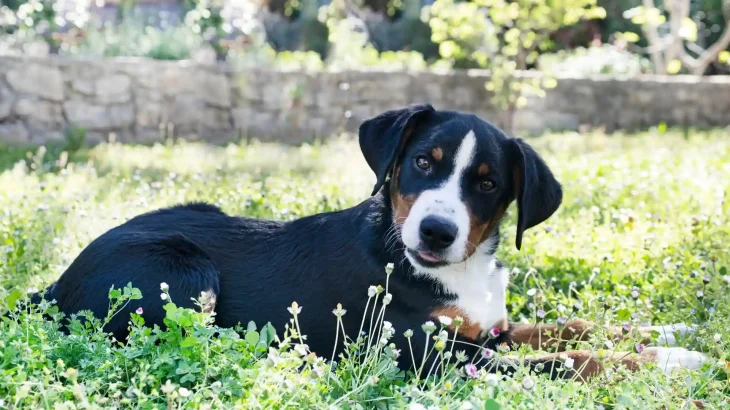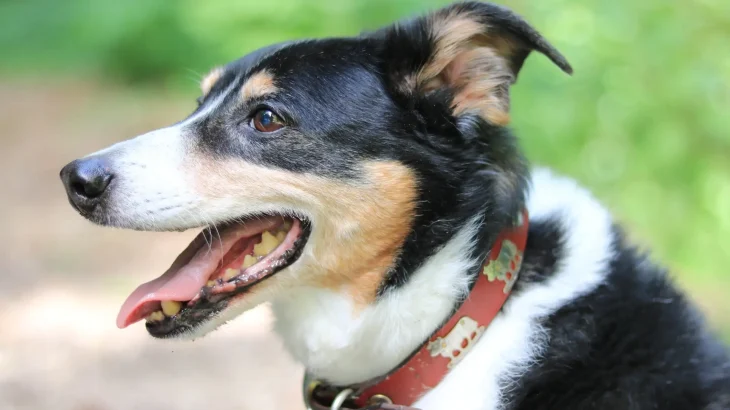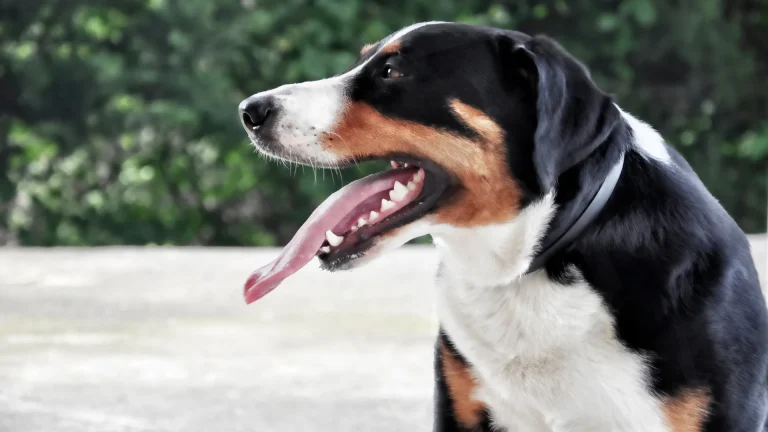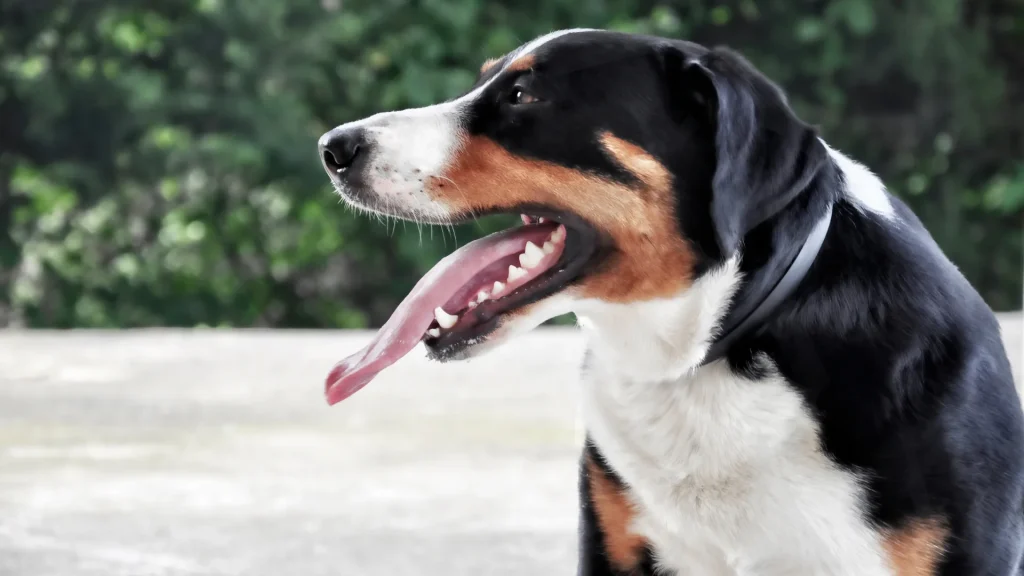Deciding between adopting or buying an Appenzell Mountain Dog puppy involves balancing factors like health history and ethical considerations. While buying from a breeder can offer clearer lineage and health insights, adopting helps provide a home to a dog in need. Each choice has unique advantages depending on what matters most to you.
Adoption vs. Breeder: Pros & Cons
| Criteria | Buying from Breeder | Adopting from Shelter/Rescue |
|---|---|---|
| Cost | Generally higher, reflecting breed rarity and pedigree. | Usually lower adoption fees, often including basic medical care. |
| Health History | Comprehensive records and genetic screening are typically available. | Health history may be incomplete, but most rescues provide basic veterinary assessments. |
| Age Availability | Primarily puppies, allowing early bonding and training. | Variety of ages available, sometimes including older dogs. |
| Temperament Insight | Breeders can share lineage temperament traits and socialization background. | Temperament observed directly by shelter staff but may lack full background. |
| Ethical Considerations | Important to ensure breeder prioritizes health and welfare over profit. | Supports animal welfare by rescuing dogs needing homes. |
| Breed Purity & Pedigree | Clear documentation and pedigree tracking are standard. | Breed purity often unknown or mixed; pedigree documentation usually unavailable. |

